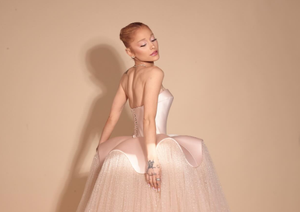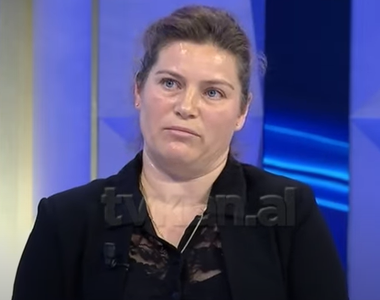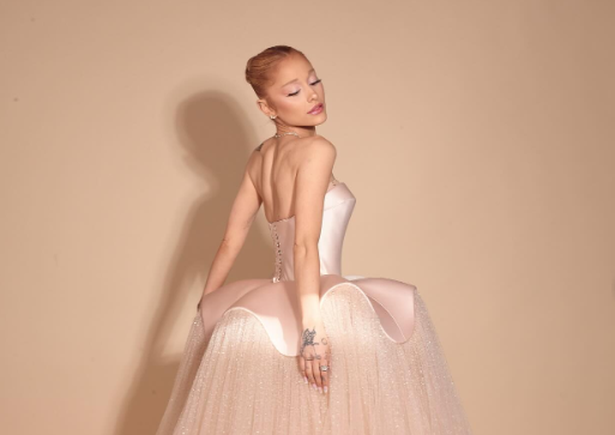
It was five days before Christmas in 2019 and I was 20 weeks pregnant with our second child when a routine scan revealed a hole in her back and abnormalities in her brain.
My husband Dara and I already had a one-year-old daughter, Erin. This new pregnancy had worked well and we were looking forward to the arrival of our new daughter.
Then, on December 20, at one of the next check-ups, the doctor told me that the small brain - where the spinal cord connected to the brain - was in a disturbing form. There were small fractures in her beads.
There was a possibility that our baby was one of 0.06% of babies whose spines do not form properly in the uterus.
From that moment on, our lives changed.
We were referred to a fetal medicine specialist in Belfast, UK, where the doctor confirmed the diagnosis: an open lesion in the spinal cord, the heaviest type of spina bifida. Our little one had a 50/50 chance of being able to walk.
There was a high risk of hydrocephalus - a build-up of fluids in the brain - which can be fatal or cause brain damage. We started to be afraid of the unknown.
He gave us three options: termination, postnatal surgery or fetal surgery, which would include extracting it from the womb, operating and placing it back in the womb.
This third was very rare and full of danger. It wasn't a cure, but it could improve its results. Over Christmas, we researched further. By the new year, we had decided: anything that could improve her life was worth doing.
The operation was supposed to take place within the month. There were strict criteria and we would fly to Leuven, Belgium, for surgery. By the end of January, we were on the plane. Emotions increased as we left Er, our daughter, with her grandparents.
There were 30 people in the operating room: doctors, students, anesthesiologists. They cut me in my belly, pulled the baby out and gave him a warm bath, while they closed the gap in his spine, using a synthetic skin transplant. Then they brought him back to me by stitching me up. It all lasted for five hours.
When I woke up, Dara was next to me. I think the whole experience had been more stressful for him than it was for me. I was relieved. It was good!
I flew home nine days later, still in pain, and was on bed regimefor the rest of my pregnancy, with weekly scans. I had to look and wait. Eleven weeks later, I was preparing for the 36-week cesarean cut when I suddenly started giving birth three days early.
However, I was surprisingly calm. Maggie arrived at 6 pm on April 18, 2020, with caesarean surgery. She was taken to the birthing ward, where she was closely monitored, then placed in an incubator and underwent tests. When I first held it the next morning, I felt no more fatigue, no pain.
Maggie is now 2 years old. She's an amazing little girl, happy, proud and determined. Nothing's going to get him.
During her first year, it took her four operations to remove the fluid from her brain. It hasn't been easy, but now she manages to stand and walk with support. Recently she can also climb the stairs, holding my hand.
I try not to think too far about the future. I don't know what hers is going to look like, but I know it all happens for a reason and I feel lucky that we were one of the few to have that operation.
Last Christmas, Maggie sat at the foot of our tree. This year, she will stand, holding her sister's hand. For all this, we just feel grateful.
Adapted by Guardian







